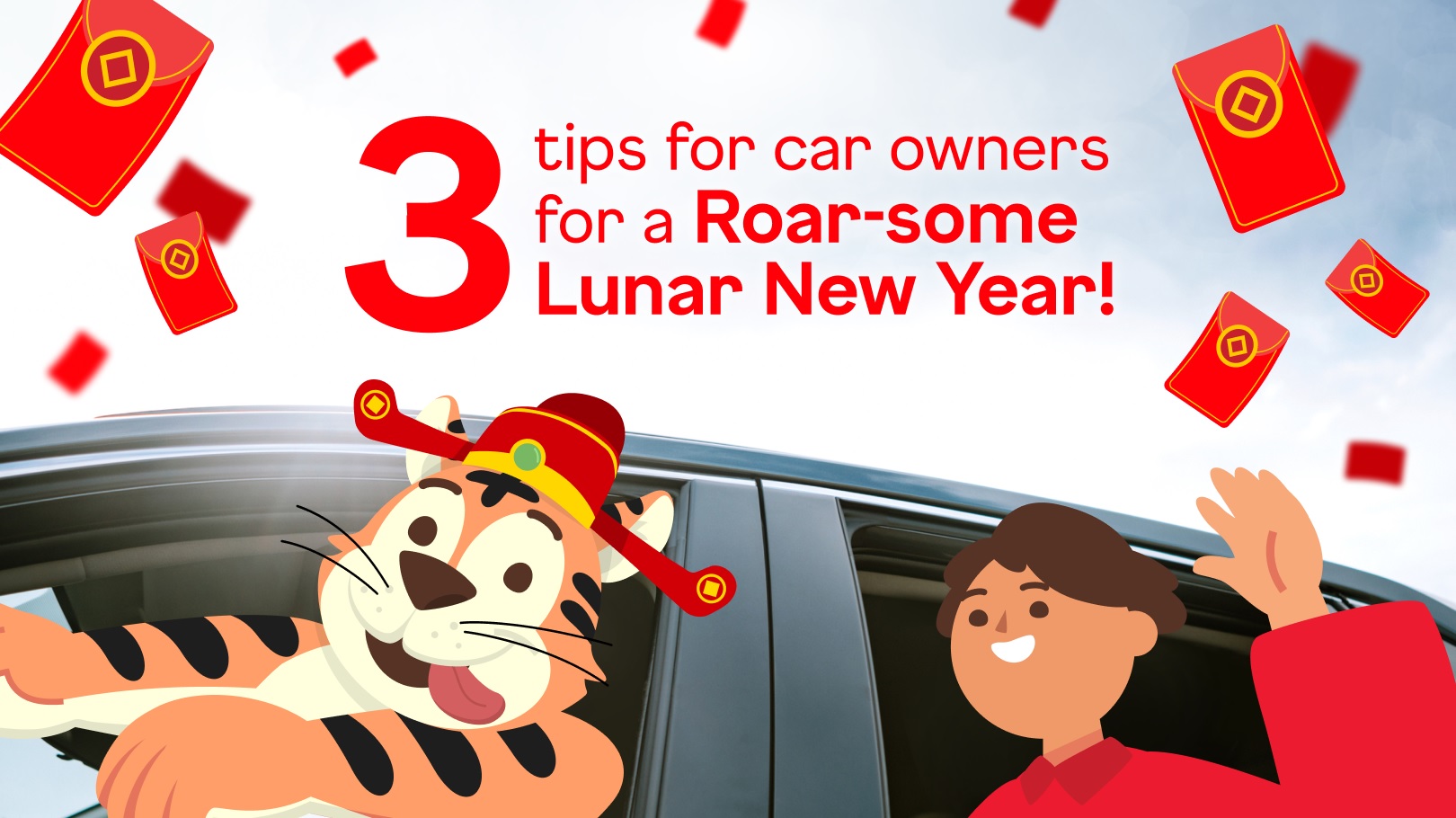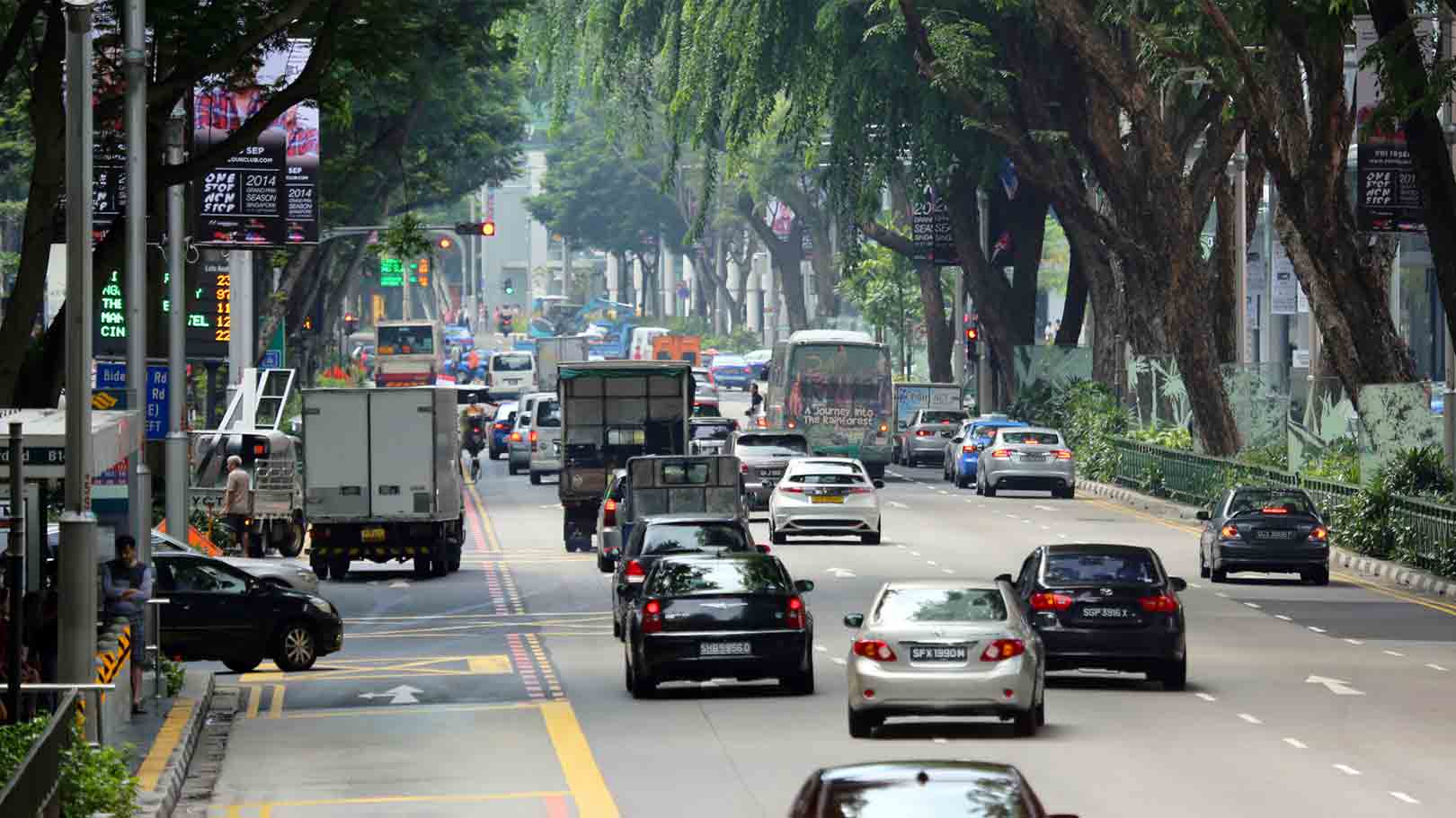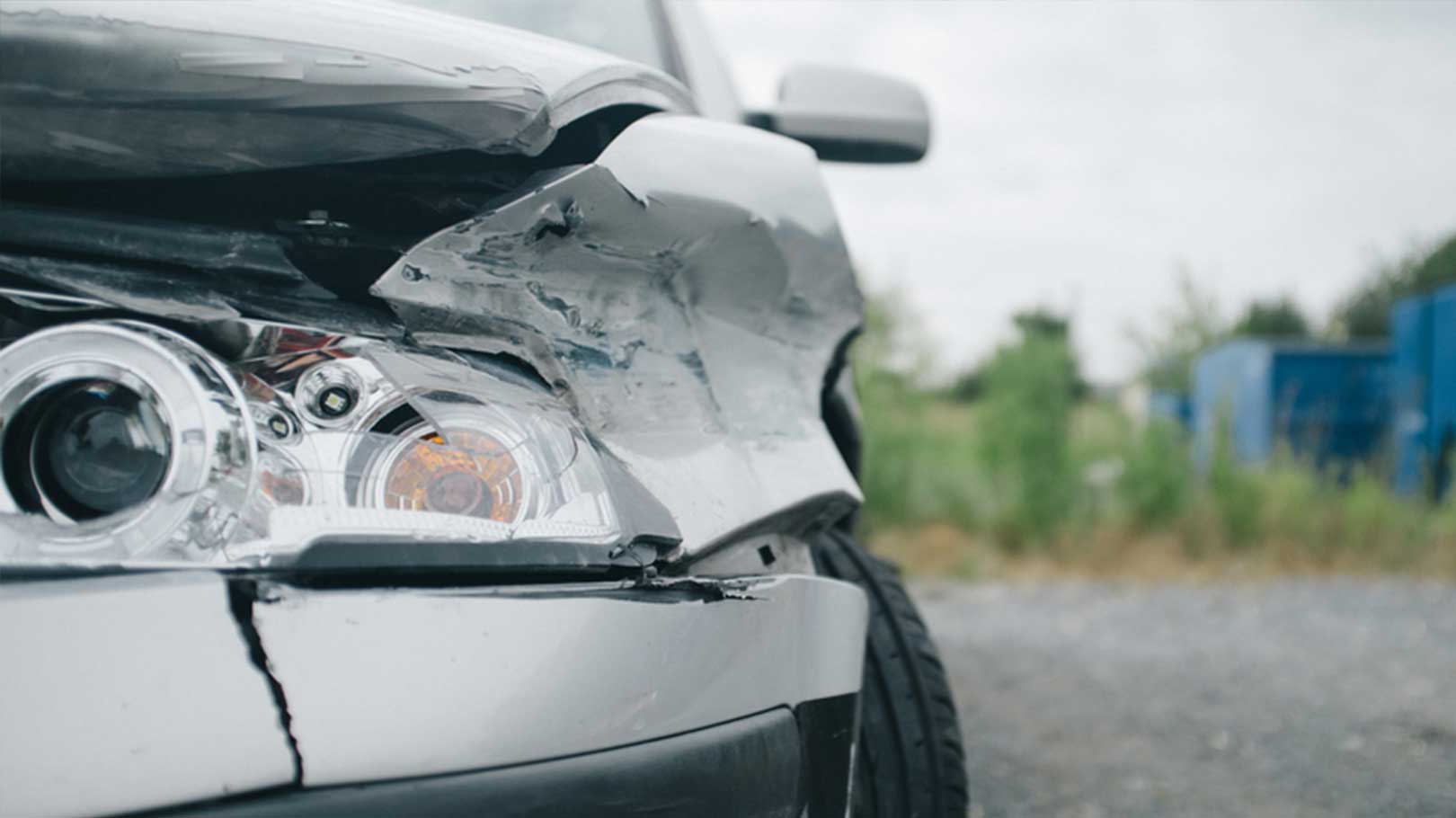Insurers use their experience and expertise to analyse these factors, and calculate an insurance premium (your price) that’s specific for you. Therefore, the cost of car insurance premiums can vary from one person to another.
In determining which policy to get, here are some things to consider:
Desired coverage
The minimum requirement under Singapore’s regulations is to cover third-party liability. You can also opt for ‘comprehensive’ coverage, which also covers damage to your own car – while premiums are higher, this is often the choice of most drivers.
Additionally, some insurers also help you to save on premiums. For example, Singlife is the only insurer in the market to offer a Dual-Year Plan which will allow you to enjoy savings by locking in a lower premium for your second year when you purchase the policy with a 2-year period.
Add-on coverage
Some insurers offer add-on coverage such as a replacement car feature but others might provide a transport allowance rider instead. It’s good to note that there will also be variants in the maximum number of days that insurers will reimburse you for transport or provide a replacement car, as well as the type of replacement car or amount of reimbursement.
Your policy excess
An excess, also called deductible, is the amount you would have to fork out first before the insurer contributes to your repair bill. The excess level offered will differ from insurer to insurer – you should check that you are comfortable with the amount. Some people prefer to keep their excess high to enjoy lower premiums, while others want to keep it as low as possible in case of minor accidents, which results in higher premiums.
Number of drivers
You should consider if you want to include any other drivers in your policy. You can choose to cover only yourself, specific named drivers, or any drivers. The number of drivers and their driving experience may play a part to determine your premiums.
The make and model your car
We’re all unique – some of us love sporty cars with high powered engines, while some of us just want a car that can get us from A to B. Each vehicle type will lead to a different price. Vehicles with expensive spare parts often translate to higher insurance premiums because insurers are undertaking the risk of a higher cost of repair in the event of an accident.
Usage of vehicle
Some insurers will ask if the vehicle is used for day-to-day transportation such as commuting to work, or if it’s a necessity in the course of your work, for instance an outdoor sales job. Insurers typically see a higher risk in individuals who need to drive in their course of work because they are on the road more and are exposed to a higher likelihood of an accident.
Your No Claims Discount
A No Claims Discount (NCD) is a discount awarded annually by your insurance company if you have not made any claim on your existing car insurance. If you don’t make a claim, this shows you’re a safer driver, and it is factored in to the price. You can, however, pay extra to protect your No Claims Discount (NCD) and reduce the impact that a future claim would have on your next renewal price.
Claims history of the driver
Accidents can happen to even the safest drivers. But the more accident-prone a driver is, the higher the premiums will be, due to the perceived increased likelihood of getting into an accident again. On the other hand, safe drivers enjoy No Claims Discounts (NCD) that can translate into significant savings on insurance premiums.
These days, shopping around for car insurance quotes is easy thanks to the Internet. Some insurers, such as Singlife, offer direct car insurance which allows you to get a quote and buy a policy in minutes!
Updated on: 19 June 2017















.jpg)